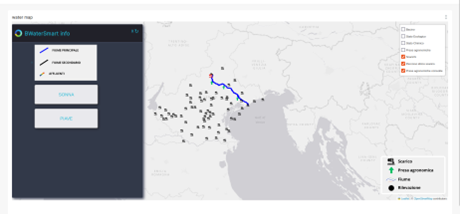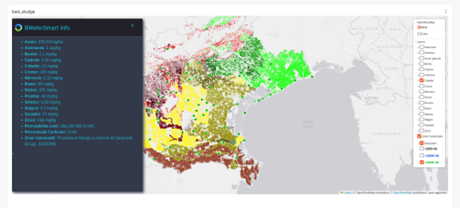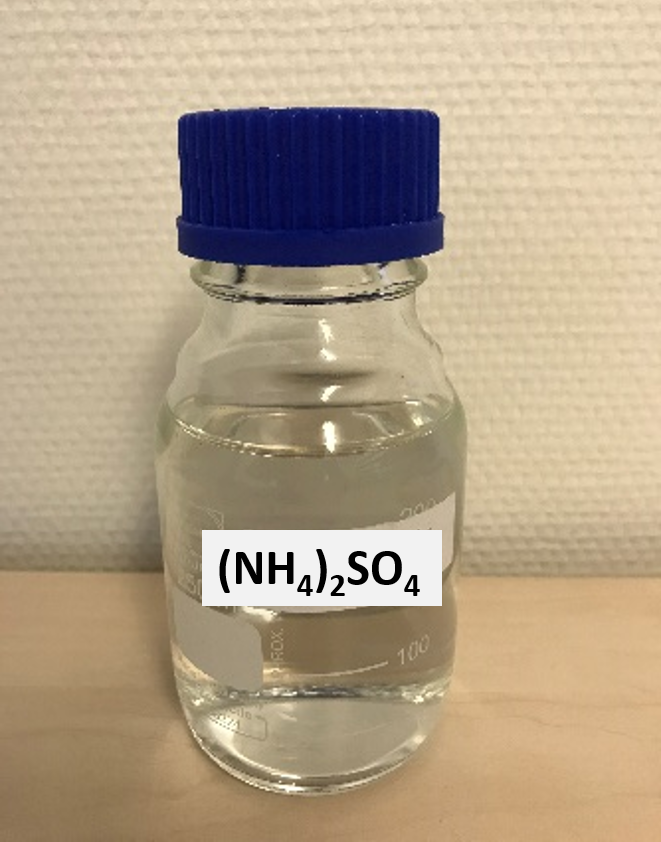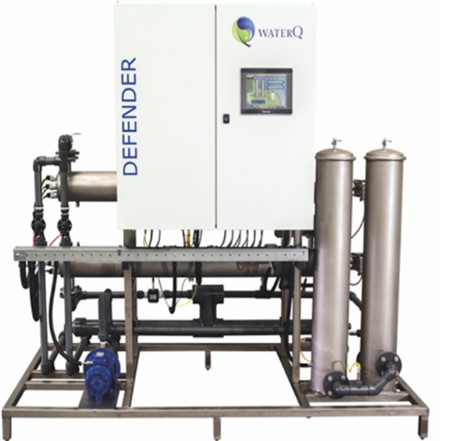Description
The Venice Living Lab (LL) aimed to unlock significant reuse potentials in the water sector, particularly focusing on wastewater. The initiative targeted three main resources: water from urban wastewater treatment plants (WWTPs), nitrogen from concentrated streams and sludge generated by these plants. To achieve this, the project implemented three pilot technologies for industrial effluent reuse and nitrogen recovery, alongside two IT tools for water reuse and sludge management.
The challenges were specifically addressed as follows:
Industrial reuse of purified water: involved a pilot treatment system combining ultrafiltration (UF), reverse osmosis (RO), and electro-deionization (EDI) to assess the feasibility of reusing effluent from the Fusina wastewater treatment plant (WWTP) in the nearby industrial area of Porto Marghera. The main objectives were to evaluate the risks and benefits of this reuse, analyse qualitative, quantitative, and economic impacts of various scenarios, and ensure the treated effluent consistently meets quality standards for industrial use. By the project's conclusion, stable and promising results were achieved, indicating significant potential for industrial reuse of the effluent and similar applications
Ammonia recovery: two stripping technologies were applied to evaluate their effectiveness in ammonia recovery from centrates containing different concentrations of nitrogen, solids, alkalinity, etc. In particular, a column stripping (CS) plant was tested, with pre-treatment to eliminate solids and alkalinity that would cause blockages, and a stripping plant equipped with a simple aerated basin without any pre-treatment (AS). The tests demonstrated the feasibility of recovering ammonia as ammonium sulphate usable in agriculture, highlighting a series of advantages and limitations of the two tested technologies that make the preference for one or the other strictly linked to the application context.
Additionally, the anaerobic co-digestion of waste activated sludge (WAS) and liquid organic waste (LOW) was explored, showing enhanced biogas production compared to sludge digestion alone. This method proved viable for nitrogen recovery while reducing N2O emissions and increasing energy self-sufficiency at WWTPs.
IT tool for water reuse: it has been designed to support decision-makers in optimizing surface resources and treated effluents. The platform promotes a shared understanding of direct and indirect reuse, identifying current and future implementation opportunities by integrating previously siloed spatial data. It offers a comprehensive overview of regional conditions and allows for detailed insights into specific sewage treatment plants.
IT tool for sludge valorization: it focuses on sludge management, helping regulators and users identify sustainable practices. This tool promotes agricultural and energy valorization of sludge while ensuring alignment with quality standards. It integrates diverse data sources, providing an overview of current practices and valorisation potentials at both regional and local levels.
Applied technologies
Key performance indicators
Industrial reuse of water: at the moment the quantity of treated wastewater supplied to industries in the area of Porto Marghera represents only 4% of the total freshwater supplied. As the tests have demonstrated the high quality and stability of the recovered water, the quality concerns have been overcame and the target for effluent reuse can easely increase.
Ammonia recovery: within the regional water service, the performance showed by the tests with the pilot plants allows to identify a total regional potential of Nitrogen recovery of about 500 t N/y, which corresponds to less 1% of the mineral Nitrogen applyed at regional level but implies a saving of CO2 equivalent of approximately 6,000 t/y.
Synergistic benefits
Ammonia recovery: the anaerobic digestion treatment of LOWs is in clear synergy with the recovery of ammonium fertilizer for the increase of both the quantity of recoverable ammonia nitrogen and the potential energy saving. Moreover, the synergic application of stripping and LOW-sludge codigestion at regional level can led to an annual saving of carbon footprint of about 14,000 t CO2 eq.
T.his results are in synergy with the results provided by the IT tool dedicated to sludge, that allow to outline the total Nitrogen potential recovery linked to the total agricultural sludge valorizatiion.
Requirements and conditions
Stripping technologies:
- CS has proven to be relatively sensitive to the presence of solids and alkalinity; the centrates normally produced by anaerobic digestion of sludge are not a problem (up to 1,500 mg TSS/l and 2,500 mg CaCO3/l) but heavier wastewaters should be well assessed because they may become impossible to treat with this technology, despite pretreatment;
- AS is particularly suitable in the presence of very concentrated wastewater (e.g. 12,500 mg TSS/l and 20,000 mg CaCO3/l) and waste heat availability but may become unsustainable if it is necessary to achieve high ammonia nitrogen removal yields (e.g. 80%).
Key lessons
Industrial reuse of water: ultrafiltration and reverse osmosis were sufficient to ensure the required quality, while the addition of electrodeionization allowed slight improvements only for a few parameters, resulting superfluous in the context of the Venice LL.
Ammonia recovery: The results of both technologies demonstrated the existence of promising application areas in ammonia recovery in WWTP concentrated streams. The interest in this application derives both from the possibility of obtaining marketable ammonium salts and from the reduction of energy consumption and carbon footprint as a consequence of the cut in N2O production in WWTPs and the replacement of ammonia produced with the Haber-Bosch process.
CS technology has proven to be suitable where solids and alkalinity can be removed by pretreatment, using reagents and producing sludge. AS is preferable for wastewater containing very high concentrations of solids and alkalinity; it does not use reagents and does not produce sludge but requires somewhat larger spaces and more thermal energy.
The co-digestion of concentrated LOW and waste activated sludge significantly increased biogas production compared to sludge digestion alone, resulting in a promising approach to increase the potential energy self-sufficiency of WWTPs.
IT tools on water reuse and sludge valorization: the development of these tools had to deal with important problems related to the availability of basic data, with particular reference to the absence of some of them, the fragmentation of sources, the updateability and the inhomogeneity with which they are expressed individually and structured in the source databases. All this required intense research and dialogue with the sources and pre-treatment, verification and cleaning of the information.
A further commitment was necessary to guarantee the standardization of the tools, their interoperability and applicability in contexts other than the one for which they were created.
Legislation and policy recommendations
Below are the main applicable rules
Pilot - industrial reuse of water:
- Italian DM 185/03
Pilot - ammonia recovery:
- Regulation (EU) 2019/1009
- Italian DLgs 1152/06
- Italian DLgs 75/10
IT tool - water reuse:
- Regulation (EU) 2020/741
- Italian DM 185/03
- Italian DL 39/23
IT tool - sludge valorization:
- Italian DLgs 99/92
- Regional DGR Veneto 2241/05 (currently under revision)
- 2000/60/EC EU Water Framework Directive
Applied products
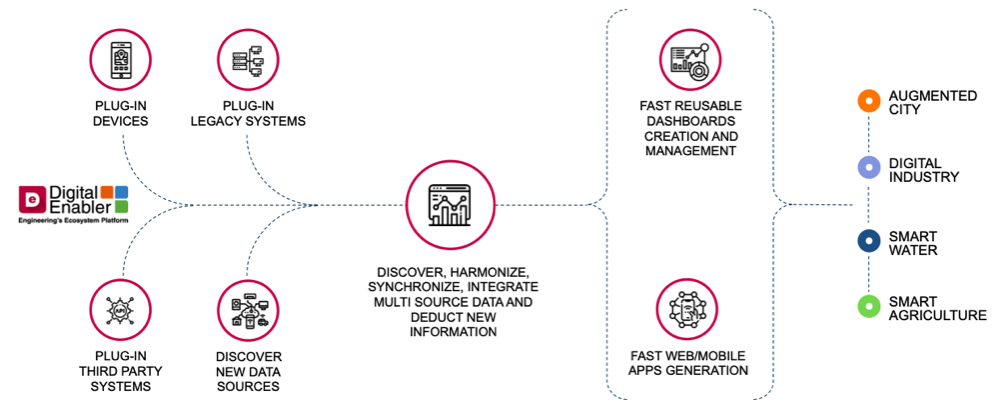
Digital Enabler
Digital Enabler™ is data driven, native cloud, ecosystem platform. Designed and engineered by Engineering’s R&D Labs ov…
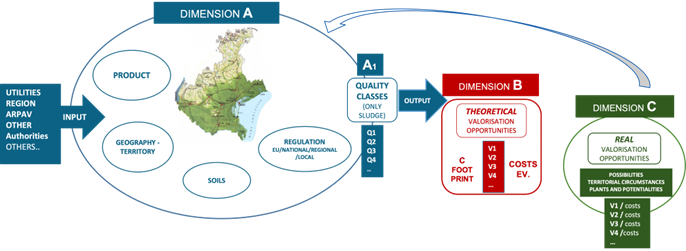
Water reuse strategic platform
The overall aim of the water reuse strategic platform is to enable freshwater saving and wastewater reuse (WWR). It wil…
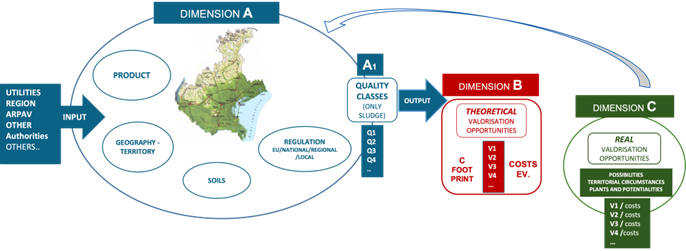
Sludge management platform
The aim of the sludge management platform is to support the identification of the optimum sewage sludge (from municipal…
Publications and references
D2.14 Water-smart technologies and concepts (Venice living lab)
https://b-watersmart.eu/results-downloads/water-smart-technologies-concepts/
D3.4 The monitoring, negotiation and decision support solutions toolkit – Final release
https://b-watersmart.eu/results-downloads/water-smart-applications-data/
“Water smartness”, sostenibilità e resilienza in risposta ai cambiamenti climatici – Servizi a rete, settembre-ottobre 2022
Il lavoro del Living Lab Venezia nel Progetto H2020 B-WaterSmart – Servizi a rete, settembre-ottobre 2024 (under publication)




